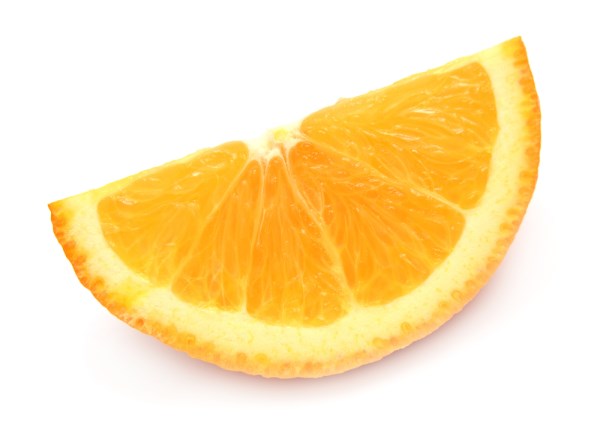What Causes…. Cavities
PUBLISHED IN TCI WEEKLY NEWS
August 3rd 2013
A cavity is a hole in a tooth that is caused by dental decay.
Cavities occurs when foods containing carbohydrates (sugars and starches) such as bread, milk, soda, fruits, cakes, or candy are left on the teeth. Bacteria that live naturally in the mouth digest these foods, turning them into acids. The bacteria, acid, food debris, and saliva in the mouth combine to form plaque, which sticks to the teeth. The acids in plaque dissolve the enamel surface of the teeth, which over time creates holes in the teeth called cavities. Regular brushing and flossing removes the plaque and food debris and helps prevent cavities.




 This is the second article looking at the topic of cosmetic dentistry, which is the treatment of teeth for the purpose of improving appearance rather than for clinical reasons. Veneers and crowns can be used to improve colour, size, shape and position of teeth including closing spaces between teeth and can have a significant impact in improving a person’s smile.
This is the second article looking at the topic of cosmetic dentistry, which is the treatment of teeth for the purpose of improving appearance rather than for clinical reasons. Veneers and crowns can be used to improve colour, size, shape and position of teeth including closing spaces between teeth and can have a significant impact in improving a person’s smile.


